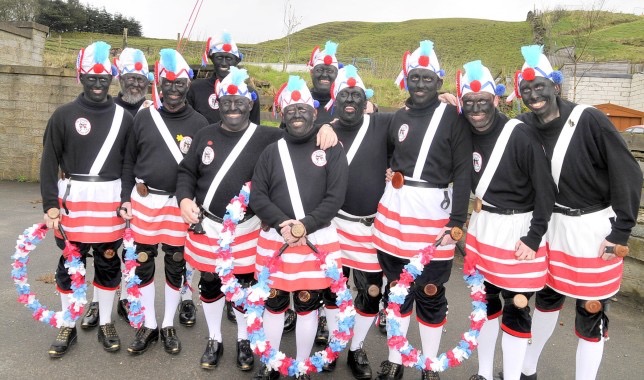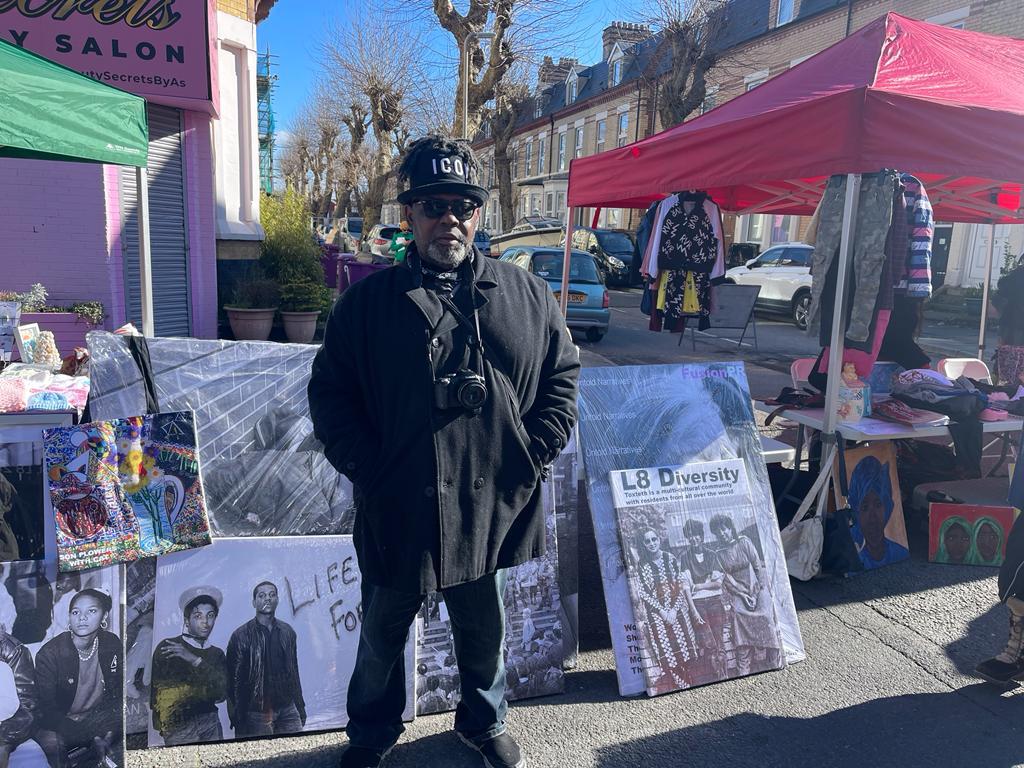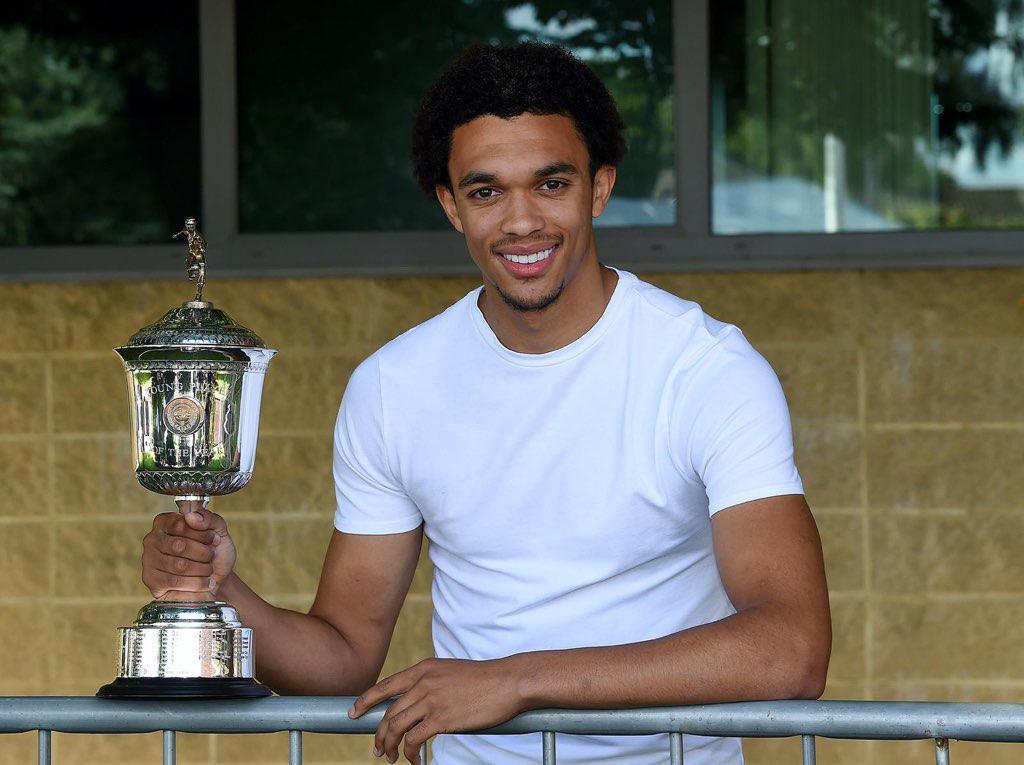
To ‘blackface’ or not to ‘blackface’?
Can you believe this is still a question we are discussing in 2021?
Well, this was the subject I found myself in the middle of challenging as racism one night this week in the middle of Black History Month. All because a group of Morris dancers in Lancashire, called the Coconut Dancers, state that blacking up is part of a tradition going back more than a hundred years for their group. That may be the case, but where did that tradition come from before they started to use it?
The aforementioned dancers have been kicked out of the Joint Morris Organisation after the national body ruled that the blackface practice has the potential to cause deep hurt and they refuse to stop doing it. The dancers have in fact been backed by the Lancashire BME Network who say it is a cultural tradition linked to Lancashire and have since danced around the town of Bacup this month. What a mockery! Despite their suggestion that it is a long-standing tradition, wrapped up in its use for entertainment; blackface is still blackface. Should tradition still be upheld even if it’s considered offensive and racist?
This is what happens when you don’t know your Black history; one of the many atrocities that white people imposed on Black people that is either dressed up as something palpable like ‘tradition’ or forgotten about, because we do not have Black history embedded in the school curriculum. In the spirit of being naive, I would like to think the Lancashire BME Network’s response was borne of a lack of knowledge. Did Lancashire BME Network do their Black History homework? What research did they do before they endorsed this offensive tradition and did any of their team bring their knowledge of Black history to the table?
So, what bothered me about this specifically? The article took me right back to memories of the ‘black and white minstrels’ on TV as a kid, and all the negative pictures we see about Black history; films like Birth of a Nation (1919) that revived the Ku Klux Klan by portraying blacked-up white men as savages raping white women and the KKK as their heroes. The KKK actually based their future recruitment drive on this demonised, degrading version of Black men. Mickey Mouse’s original design was heavily influenced by blackface performers and minstrel shows of the time. Shirley Temple even blackfaced in ‘The Little Rebel’ in 1935. But more than the memories, it was the condescending way I was talked down to, and having my knowledge and experience rebutted by the white man I was communicating with and when proved wrong he just deleted the post. Using the facts I presented him with to dismiss my points, trying to break me down, suggesting there was no connection, and that one was racist, and one was ‘tradition’. This made me wonder how many more people think this is ok and that there is no connection.
To understand this we need to go back to where the ‘tradition’ of ‘blackface’ originated. It is deeply entrenched in centuries of racism. It dates back to centuries old European theatrical productions, most famously Shakespeare’s Othello. The characters almost always portrayed negative stereotypes – the scary savage Black man, the rapist, and was used to belittle the culture of Africans and dehumanise them and still and always will be considered racist. Taken to America by Europeans in the early 1800’s, it was really propelled by Thomas Darthmouth Rice from New York, considered the father of American Minstrelsy who performed as the persona ‘Jim Crow’. The character was so popular that the segregation laws in America that remained until the Civil Rights movement of the 1960’s were also known as the Jim Crow laws and Americans and others still refer to Black men as Jim Crow today.
There are many places still doing blackface. There has been huge controversy in the Netherlands where Black Pete (Zwarte Piet), the ‘stupid Black servant’ portrayed as part of their traditional Christmas celebrations, and seen as an offensive relic of colonial times by anti-racism campaigners, has been ruled by a court in the Netherlands as a negative stereotype of Black people. The Dutch Prime Minister who previously supported this tradition has had a radical change in attitude since Dutch protests triggered by the death of George Floyd.
Padstow Festival in Cornwall in 2019 also saw blackface dances. People interviewed say this is not racist, and they truly believe this, but I suggest they do not know the origins of the tradition they are celebrating. Many festivals who previously did this have now banned it, so why are others hanging on to it under the guise of ‘tradition’?
Then lets ‘back up’ to Bacup, a town in Rossendale and their 100-year-old tradition. That takes us back to 1921.
If you look hard enough the facts are there, trust me. So, the Lancashire blackface tradition bears no resemblance to English Morris dancing or coal mining, rather the only connection with mining being that some of those who took part in earlier times were miners. It is convenient to say it is lost in ancient mystery, it’s folklore, it’s learnt from Moorish sailors. But there is no evidence of it being learnt from Moorish sailors, and that is still a Black impersonation. The Bacup group call themselves the Coconut Dancers (The Nutters). The Coconut dancer portrays the non-European ‘exotic’ – the fruit is from a foreign climate. The blacked-up faces suggest a link with African culture. It is fact that coconuts and blackface were a peculiarity of the Rossendale and Witworth District in the 19th century. It is fact that those districts press articles of the 1800’s refer to blackface dancers as ‘niggers’. Ignorance and bigotry at its finest. The men performing the coconut dances in 1854 were rated in the press as ‘the best nigger dancers we have seen’ and ‘arrayed in nigger costume’. It is believed that the practice of juvenile niggering which took place in those districts in the 1900’s evidences a direct link to coconut dancing because the boys involved went from practicing niggering to grown men doing it as coconut dancers. The direct connection to niggering has been conveniently erased over the years. Niggering in Rossendale, for those who don’t know, was a youth activity practiced by white boys who would blackface, wear striped trousers and straw hats, and identify themselves as niggers, performing songs like ‘Oh Susannah’ and ‘There Was A Little Nigger’.
I suggest we need to ‘back up’ from this nonsense and end this once and for all. I’m with the national Joint Morris Organisation who did right to kick them out, in my opinion. In the words of James Baldwin in ‘I Am Not Your Negro’ – “don’t say I didn’t tell you so” when we see a BLM March in Bacup.
So, I leave you with a question. After what you have read, is it ok in today’s society to perpetuate ‘traditions’ steeped in racism like blackface?
Sonia Bassey, MBE
Chair, Mandela8


15/03/2024
News Story
A new mural of a community champion and photographer has appeared in Liverpool
13/11/2023
News Story
Mandela8 Announce Newest Trustee Following Completion Of Memorial In Liverpool
07/11/2021
News Story
Collective of Black Organisations and Allies in Support of Mayor Joanne Anderson
08/07/2021
News Story
Region’s Residents And Businesses Urged To Carry Out ‘Acts Of Kindness’ For Mandela Day
01/10/2020
News Story
LFC and England international, Trent Alexander-Arnold becomes Patron of Mandela8
14/07/2020
News Story
First elected African-Caribbean female Government Minister becomes Mandela8 Patron